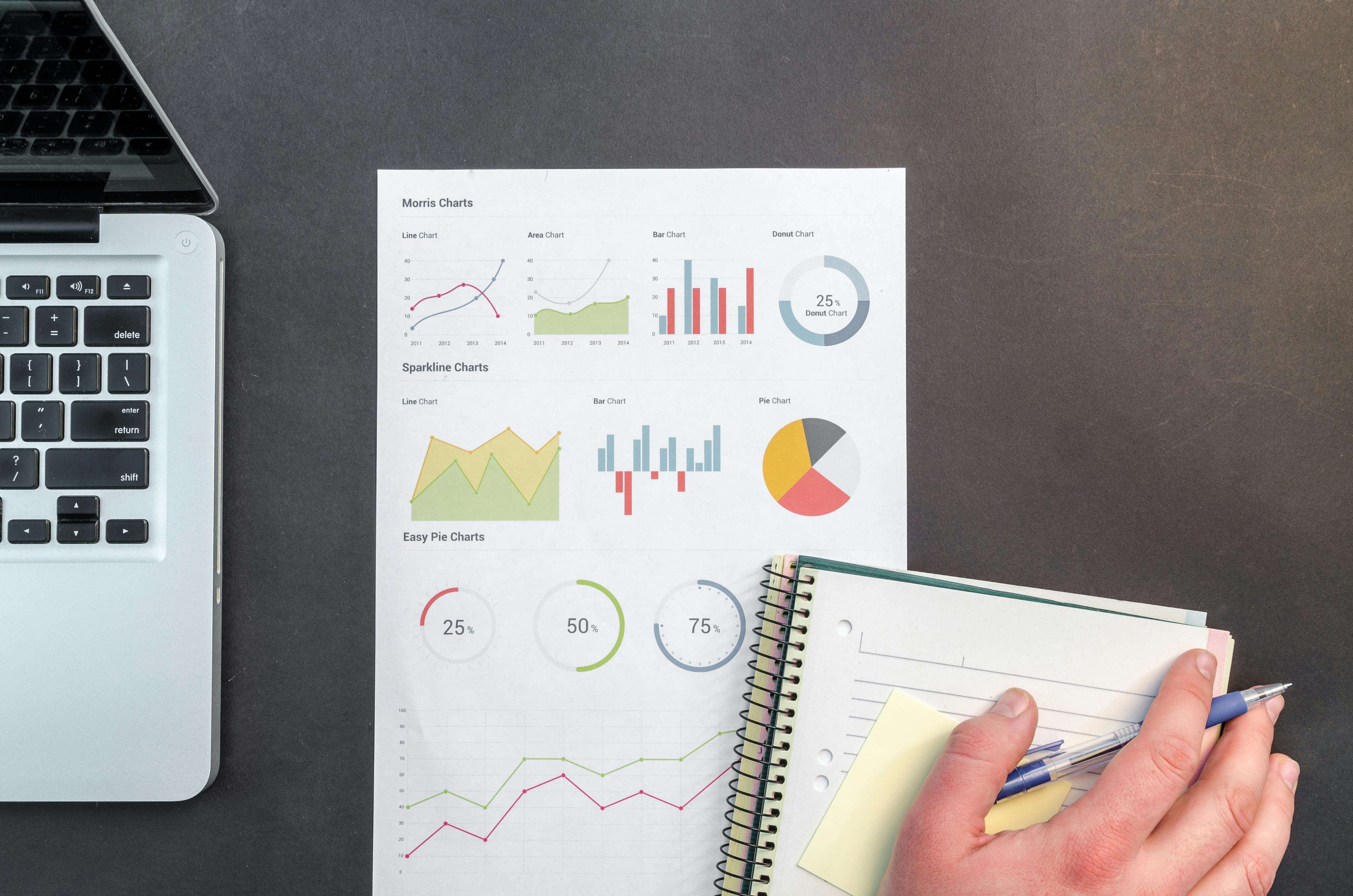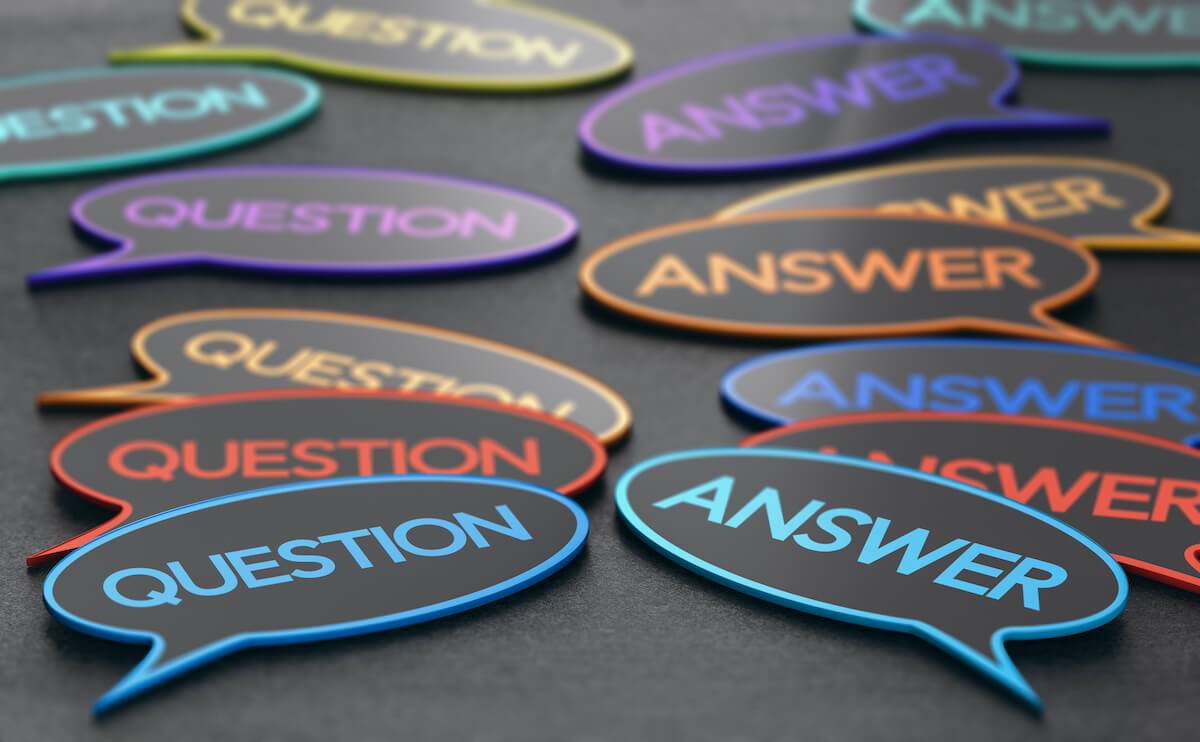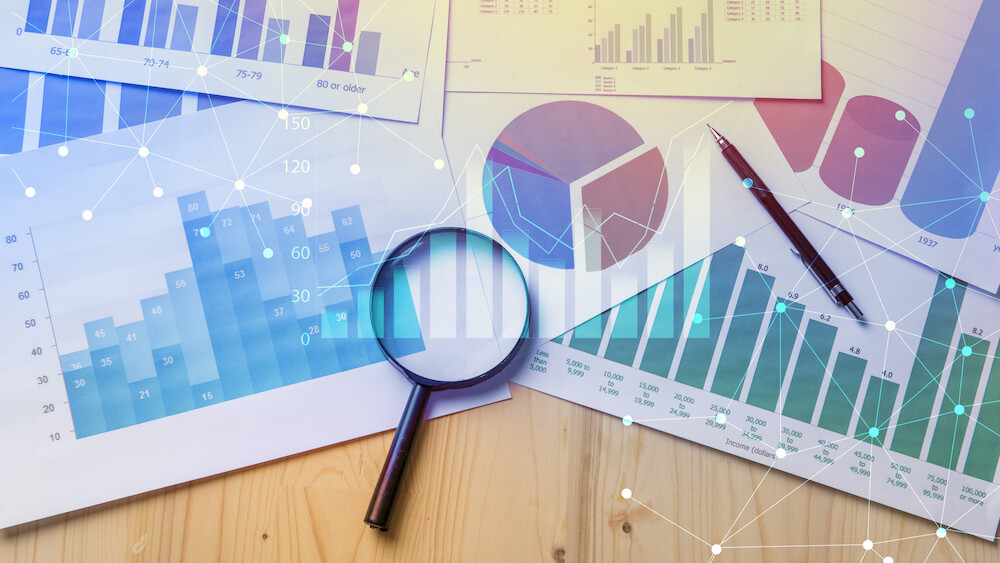I’ve been researching how to conduct customer discovery interviews and the questions to ask.
Customer discovery is the process of understanding who your customers are, what their pain points are, and what solutions they currently use or wish existed. Customer discovery is a great validation exercise for entrepreneurs.
By getting the customer talking about their workflow you start to understand their world view, and that’s where problem and pain points discovery happens.
The goals of a great customer interview is to collect qualitative information from your potential customer or existing customer, that data will help you:
It is not to sell them on using your product.
So at the core of a great customer interview, you need to learn about their life and customer journey.
You need to talk about specifics around the problem area that you’re trying to solve that the customer may be going through.
Don’t talk about what the product could be or features that you want to build. Don’t ask questions like, if we built this feature, would you be interested in using it or would you be interested in paying for it?
Instead, talk about specifics that have already occurred in the customer’s life. This will give you stronger and better information in which to make product and company changing decisions.
You also want to talk in general about the customer’s life. You don’t want to just talk about the specific solution that you’re presenting.
Try to get information about their daily life, the path that led them to encounter that problem.
Ask them questions about their life in more broader ways to extract context around how they arrived at this problem.
Learn about their motivations, why they were experiencing that problem in the first place, what were they trying to do.
Try to restrain yourself from talking a lot, focus on listening.
You’re trying to get as much information as possible so that when you return to your notes you have a lot of qualitative data that you can use and share with your team, real facts about customers’ lives.
Below is how to do customer discovery step by step, you can use the customer discovery questions as your script.
5 customer discovery questions to ask during early customer discovery interviews:
1. What is the hardest part about doing the thing that you’re trying to do/achieve/solve? How do you currently attempt to solve that problem?
The best startups are looking for problems and pain points that customers face on a regular basis, or that are painful enough to want to solve.
2. Tell me about the last time that you encountered this problem.
The goal of this question is actually to extract context around the circumstances in which the customer encountered that problem.
Here you need to learn how often customers experience the pain points, so you can better understand the problem solution flow.
Try to get as much information as you can about the context in which they began experiencing this problem, so that as you develop your product you’ll be able to actually reference real-life examples of past problems that potential customers have had.
You can then overlay your solution on top of that to see if it would have helped in that particular circumstance.
3. Why was this hard?
The reason why you want to ask this question is because you’ll hear many different things from different people.
The benefit in asking this question is not just to identify the exact problem to begin solving with your product, but you’ll also start to understand how to market your product, how to explain the value or the benefits of your solution to new potential customers.
In general, customers don’t buy the WHAT, they buy the WHY.
They’ll say, “Well, this product will help me with this exact problem that I had just two weeks ago when I was trying to [fill in the blank]”
4. What, if anything, have you done to try to solve this problem?
If potential customers are not already exploring potential solutions to their problem, it’s possible that the problem that you’re trying to solve is not a burning enough problem for customers.
This question tries to get to the root of that issue. Is the person who encounters this problem already trying to solve this? That’s a good sign.
This question will also help you understand who the competitors are. What your product will be compared against when you roll out your solution and offer it to customers.
5. What don’t you love about the solutions that you’ve already tried?
This is the beginning of your potential features set 🎉
This is how you begin to understand what features to build better as the solution to the problem.
Customers in general are not great at identifying the next features that they want in the product, so you need to figure it out based on other signals that they give you, like the way they describe what they tried or wish to try.
You can begin to see what will be the main differentiators between your new solution and the existing solutions in the market.
3 critical phases where you need to talk to customers
Doing customer development, sending out customer survey questions, and talking to customers is useful at pretty much all stages of your company.
But there are 3 critical stages when it’s particularly important to do:
1. The idea stage
Before you’ve even begun developing any of your product, you need to start finding the first people that will be interested in either providing information about the problem that they’ve encountered or potentially signing up to be your first customers.
Some of the best companies are products or services that are built for the founders themselves. So start with yourself 🙌
Test your customer interview strategy on yourself!
Try to walk through a situation where you’ve encountered that problem.
The next step after that is to talk to friends, coworkers, and get warm introductions. Industry events is another great place to find potential customers.
It doesn’t take a lot of people, you don’t have to talk to thousands of people. Every good customer research strategy begins with just one or two people.
The critical component here is executing an unbiased and detailed customer interview process and asking a lot of questions rather than trying to pitch your idea.
Shoot for 10-20 customer discovery interviews.
2. The prototype stage
You have the first versions of your product, but you haven’t really gotten it in the hands of any customers yet.
The major benefit in this stage from talking to customers is figuring out who will be your best first customer.
This is critical because it’s possible that if you choose the wrong first customer you may be led down a path that constrains you or artificially traps you without actually getting paid by that first customer.
Ask questions that extract numerical answers to 3 facts about the customer that you’re working with:
- How much does this problem cost them today? Get a number when possible, either in terms of:
- How much revenue they stand to earn if they solve this problem
- How much they currently spend trying to solve this problem
- How much money is wasted today as they try to solve this problem
- How frequently do they encounter this problem?
- Do they encounter it on an hourly basis, a daily basis, quarterly basis, yearly basis?
- The best problems that startups can target are ones that are encountered more frequently
- How large is their budget for solving this problem? And who’s the decision maker?
- Imagine say that you’re solving a problem for an industrial assembly line. If you’re talking to the operator, the person who’s actually there on the assembly line, they may encounter this problem on a regular basis, but they just don’t own the budget. They don’t have the authority to actually solve the problem.
- That’s their boss or that’s someone above them in the office or in the headquarters.
- So as you’re trying to identify the best first customers, make sure that you’re asking questions about whether they actually have the ability to solve the problem, given the choice.
Put that information in your spreadsheet and pull the best answers to those questions up to the top.
You can use this framework to pull together all of the information from various customer interviews and start to see the patterns in what could be the best customers.
To recap, pull the best answers based on the 3 factors:
- How much they can earn or save
- Frequency of problem which will correlate to frequency of use/consumption
- Is there a budget to solve the problem, how large, and who has the authority to pay to solve that problem.
3. After you’ve launched and you’re iterating towards product market fit, how do you guide that product journey?
The last stage before product market fit that can benefit from customer interviews is actually the process of iterating towards product market fit.
Paul Graham’s definition for product market fit is when you’ve made something that people want.
Example: How Rahul the founder of Superhuman measures product market fit
On a weekly basis Raul asks all his customers a critical question: How would you feel if you could no longer use Superhuman? Three answers: “Very disappointed”, “somewhat disappointed”, “not disappointed”.
He measured the percentage of customers who answered with “very disappointed”. These are the customers who value your product the most.
These are the customers who your product has now become a key part of their life. The product found the way into their daily habits.
Rahul said that he learned from Sean Ellis that if on a weekly basis 40% or more of your customer base reports that they would be “very disappointed” if your product went away, that’s the signal of product market fit.
That’s the inflection point after which your product will grow exponentially.
He evaluated a number of other successful companies and realized that the answer to this question was always around or above 40%.
Sean Ellis has a great website you can visit to find customer discovery survey templates and tools.
Pro TipOnce you hit that 40% threshold, it’s time to double down on scaling, and that’s where AllFactors comes in.
It helps you scale customer acquisition by showing how people engage across your website, content, and campaigns. You’ll see exactly which touchpoints drive free trial activations, paid conversions, and retained customers
AllFactors connects all your marketing and Stripe data to show true revenue attribution once you’re ready to drive that customer growth 🚀


